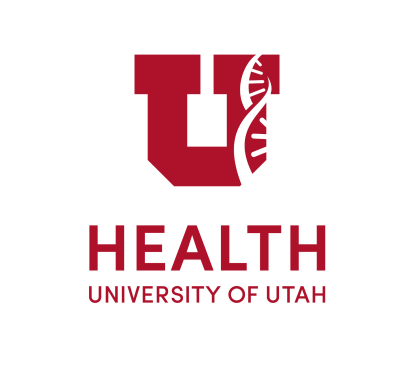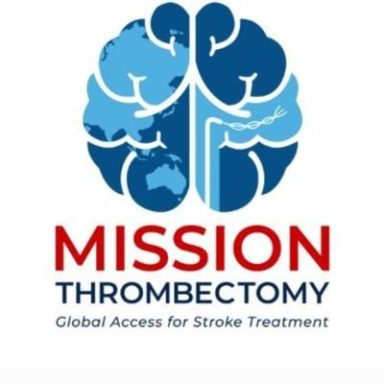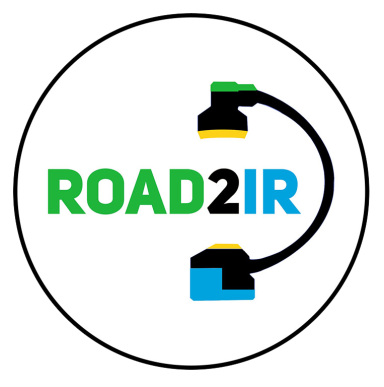Developing capacity for stroke thrombectomy in low resource settings
We aim to establish the incidence of acute ischemic stroke patients eligible for mechanical thrombectomy, create international standards for delivering this treatment in low-resource settings, and develop a self-sustaining training curriculum to perform mechanical thrombectomy.
Background
The Global Burden of Disease study estimated that in 2016 there were 5.5 million deaths and 116.4 million disability-adjusted life years (DALYs) lost due to stroke, making it the second most common cause of death worldwide. From 1990 to 2016 the global incidence of stroke has decreased; however the incidence has risen in sub-Saharan Africa and Asia. Notably, 87% of DALYs lost due to stroke and 86% of stroke-related mortality occurs in LMICs. Given the significant burden stroke has been designated as one of the priorities by the World Health Organization. A recent survey of 17 African countries demonstrated that there were only 5 stroke units and 2 designated stroke centers.

Mechanical thrombectomy stands as a revolutionary breakthrough in the field of neurosurgery and interventional neurology, redefining the treatment landscape for patients suffering acute ischemic stroke caused by large vessel occlusion. Several randomized controlled trials (RCTs) have demonstrated that compared to standard medical management, endovascular intervention with mechanical thrombectomy is associated with significantly improved outcomes. The procedure's remarkable efficacy has led to its rapid adoption as the standard of care in many well-resourced healthcare settings. However, the challenge remains in extending this treatment modality to regions with limited medical infrastructure. The Mechanical Thrombectomy Global Access For Stroke (MT-GLASS) study demonstrated that global access to mechanical thrombectomy is <3% of the demand, and <1% in most LMICs.
We propose to establish a permanent and systematic collaboration between the Muhimbili National Hospital in Dar es Salaam, the Department of Neurosurgery at the University of Utah and the Department of Neurology at the Texas Tech University to deliver a project focusing on three essential components required to establish a sustained mechanical thrombectomy service for patients with acute ischemic stroke due to large vessel occlusion in Dar es Salaam:
1) Establish the incidence patients presenting with acute ischemic stroke who are eligible for mechanical thrombectomy treatment.
2) Establish an international consensus on the essential requirements for providing mechanical thrombectomy which can be utilized in low resource setting.
3) Develop a self-sustaining training curriculum and program for training physicians to perform mechanical thrombectomy for stroke and ultimately the whole breadth of neuro-endovascular interventions culminating in a Master of Science of Neuro-Endovascular Intervention.
How can you help?
We are currently seeking insights from medical practitioners worldwide who perform mechanical thrombectomy to understand what they believe are the minimum, essential human resources, systems and infrastructure necessary to perform the procedure safely and effectively. We also aim to determine the differences between practitioners perception of the minimal requirements versus the optimal or desired resources. We aim to use this data to help inform healthcare systems and governments which are trying to develop MT capabilities as part of their national or regional stroke programs.
Join us in our quest to make stroke care accessible to everyone


Who is eligible to fill out the survey?
We want to hear from medical practitioners who are trained and perform mechanical thrombectomy in their clinical practice. You may be a neurosurgeon, interventional neurologist or an neurointerventionalist.
Completing the survey will take 30-45 minutes
Frequently asked questions
How will responses be used?
Your responses will be collected and synthesized to arrive at a general consensus on what is essential to perform a thrombectomy in a low-resource setting. Your participation will help improve access to thrombectomy care across the world.
Will the surveys be anonymous?
Your name and other identifiers will be removed from any form of dissemination of our work.
Can I withdraw my responses after submitting the project?
Yes, please email at dgautam81a@gmail.com
Who is the project led by?
This project is led by Dr. Karol Budohoski at the University of Utah Department of Neurosurgery based in Salt Lake City, Utah, United States of America. You may contact Dr. Budohoski at karol.budohoski@hsc.utah.edu
Contact us
We need your consent to load the translations
We use a third-party service to translate the website content that may collect data about your activity. Please review the details in the privacy policy and accept the service to view the translations.


